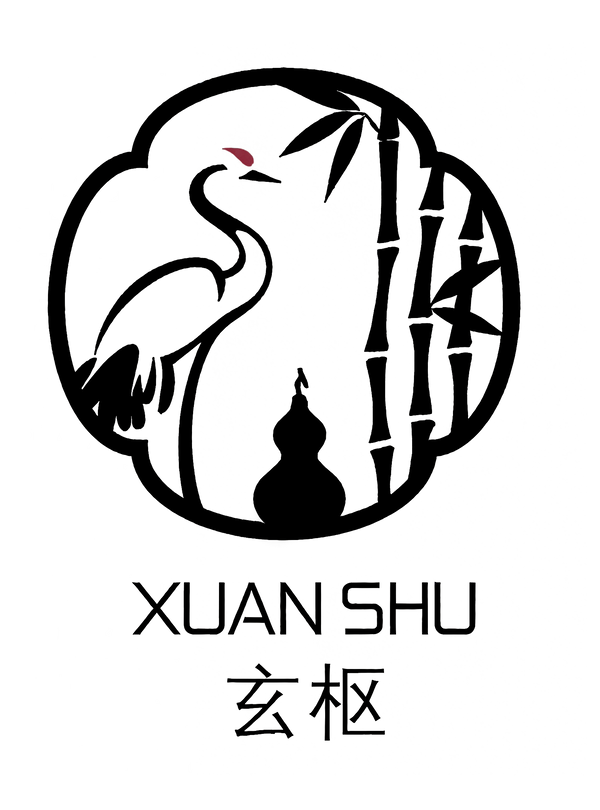Taoist 24 Solar Terms Table
Align your life with nature and the Five Elements through Taoist wisdom and crystal guidance.
| Solar Term | Gregorian Date | Element | Taoist Meaning / Cultivation Advice | Recommended Crystal |
|---|---|---|---|---|
| Lichun (Beginning of Spring) | Feb 4 | Wood | Awakening of all things. Nourish Liver Qi. Make wishes for new beginnings. | Green Aventurine |
| Yushui (Rain Water) | Feb 19 | Wood | Water nourishes wood. Recite purification mantras to clear winter stagnation. | Peridot |
| Jingzhe (Awakening of Insects) | Mar 5 | Wood | Thunder awakens life. Activate good luck and use talismans. | Moss Agate |
| Chunfen (Spring Equinox) | Mar 20 | Wood + Fire | Balance Yin-Yang. Practice Tai Chi. Offer to Taiyi Zhenren. | Rose Quartz |
| Qingming (Clear & Bright) | Apr 4 | Wood + Earth | Ancestor veneration. Perform rituals of filial piety and memorial offerings. | Citrine |
| Guyu (Grain Rain) | Apr 20 | Wood → Fire | Nourishes all grains. Meditate to strengthen Qi and vitality. | Aventurine |
| Lixia (Beginning of Summer) | May 5 | Fire | Yang Qi at peak. Practice fire phase techniques to strengthen the heart. | Red Jasper |
| Xiaoman (Grain Full) | May 21 | Fire + Earth | Internal fullness, prone to irritability. Chant mantras to calm mind. | Carnelian |
| Mangzhong (Grain in Ear) | Jun 5 | Fire | ‘Sow virtue, reap blessing.’ Cultivate compassion and merit. | Red Agate |
| Xiazhi (Summer Solstice) | Jun 21 | Peak Fire → Yin | Ultimate Yang. Offer to Nanji Xianweng. Focus on calming heart fire. | Garnet |
| Xiaoshu (Minor Heat) | Jul 7 | Fire | Avoid anger. Observe fasting, meditate, and stay away from conflict. | Sunstone |
| Dashu (Major Heat) | Jul 22 | Fire | Intense heat. Practice body protection spells to prevent external evil Qi. | Red Carnelian |
| Liqiu (Beginning of Autumn) | Aug 7 | Metal | Metal Qi rises. Focus on discipline. Pray to Taibai Star Lord for protection. | Clear Quartz |
| Chushu (End of Heat) | Aug 22 | Metal | Summer fades. Gather the spirit, cultivate the energy of restraint. | Hematite |
| Bailu (White Dew) | Sep 7 | Metal + Water | Dew appears. Refine essence and chant talismans. | Labradorite |
| Qiufen (Autumn Equinox) | Sep 23 | Metal | Yin and Yang equal. Offer to the stars. Seek peace and stability. | White Jade |
| Hanlu (Cold Dew) | Oct 8 | Metal | Cold enters. Strengthen lungs and guard against evil Qi. | Moonstone |
| Shuangjiang (Frost's Descent) | Oct 23 | Metal + Water | Frost arrives. Wear protective talismans to ward off negative forces. | Black Obsidian |
| Lidong (Beginning of Winter) | Nov 7 | Water | Store energy. Cultivate stillness and absorb Yin essence. | Aquamarine |
| Xiaoxue (Minor Snow) | Nov 22 | Water | Yang retreats. Good time for retreat and kidney nourishment. | Blue Sapphire |
| Daxue (Major Snow) | Dec 7 | Water | Peak Yin. Ideal for internal alchemy and longevity practices. | Labradorite |
| Dongzhi (Winter Solstice) | Dec 21 | Water → Yang | Rebirth of Yang. Worship Yuanshi Tianzun. Draw in new life force. | Black Obsidian |
| Xiaohan (Minor Cold) | Jan 5 | Water | Strengthen kidneys and wear Water-element talismans. | Aquamarine |
| Dahan (Major Cold) | Jan 20 | Extreme Water → Spring | Ultimate Yin gives birth to Yang. Focus on 'Shou Yi' (Guarding the One). | Black Tourmaline |
✨ Taoist Solar Term Features
- Harmony with Nature: Each solar term mirrors cosmic and bodily energy flow.
- Ritual Observances: Linked with Taoist ceremonies and deity worship.
- Health & Cultivation: Emphasis on seasonal meditation, talismans, and herbal practices.
- Crystal Alignment: Each solar term pairs with a crystal matching its Five Elements energy for protection, vitality, and spiritual enhancement.










